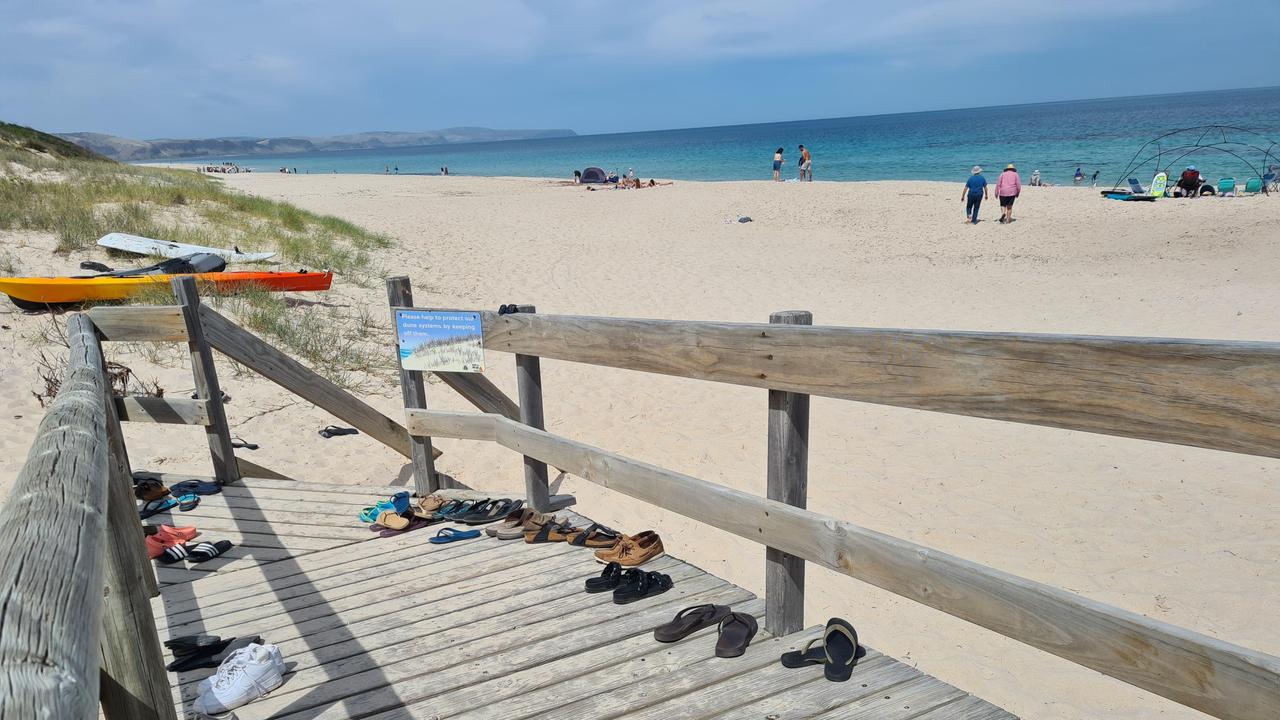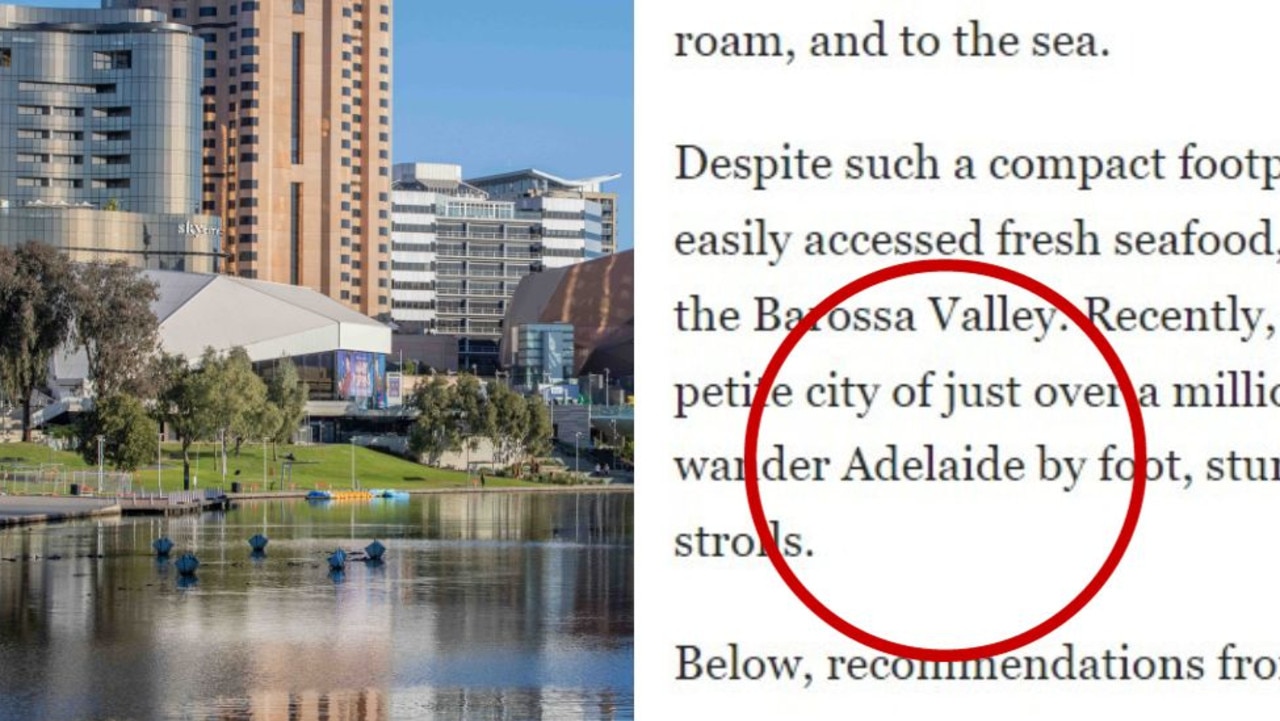Aussie region determined to keep its darkness is a stargazer’s dream
In this Australian region, there are strict rules about lights - but there is a very important reason why.
There is a tiny town in Australia that is determined to stay dark.
Swan Reach, a two-hour drive from Adelaide, has a population of about 270.
But on Monday night, there were 12 extra people in town – some all the way from Canada – sitting in the pub waiting to get a look at the region’s exceptionally dark skies.
Three-and-a-half years ago an area of more than 3200sq km in South Australia was officially certified as an International Dark Sky Reserve, after a rigorous application process. There are only 20 others in the world.
Night sky darkness is measured on a scale of 0 to 22, and the River Murray Dark Sky Reserve measures at 21.9.
“It’s like heritage listing the stars,” local Kelly Kuhn, who runs tours from the nearby town of Mannum, told news.com.au as she drove a small limousine bus loaded with the 12 eager tourists.
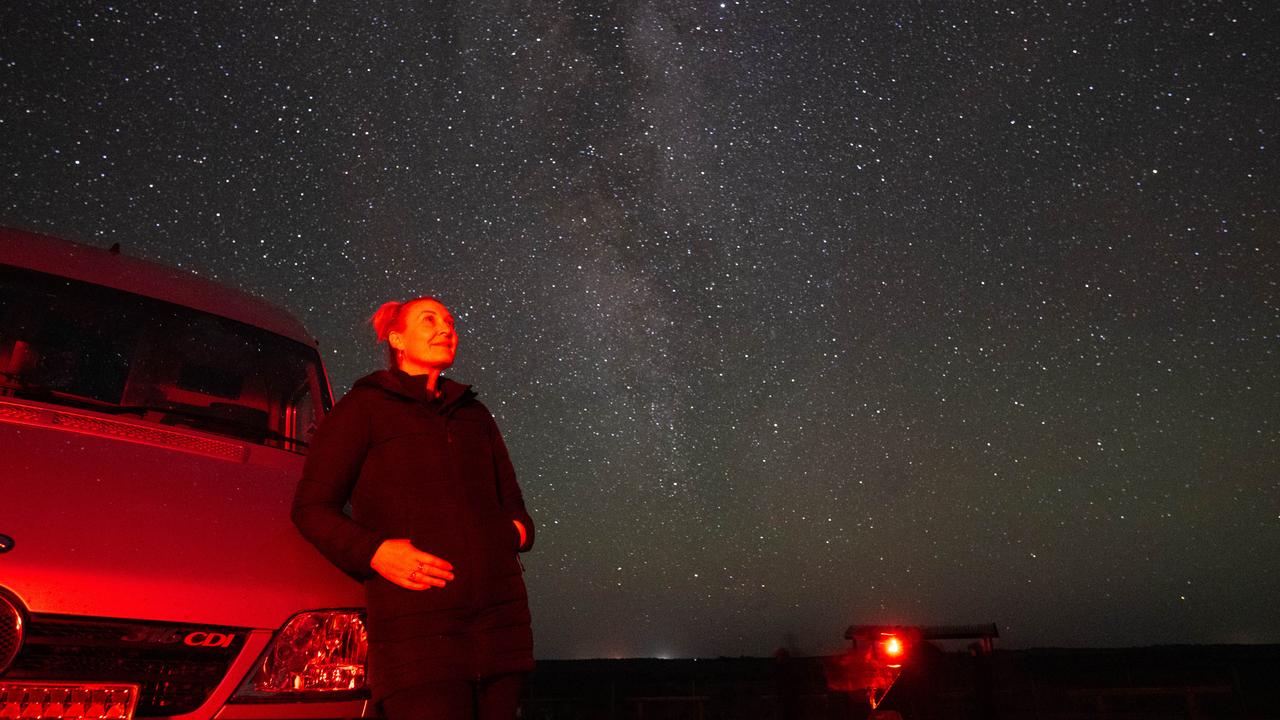
The level of darkness is retested every year and the Mid Murray Council enacts policies to preserve the natural dark skies in the reserve.
For example, lighting plans must be provided with any new development applications and no lighting can be directed towards the sky unless required for safety reasons.
To be certified as an International Dark Sky Reserve, the reserve must be accessible from a capital city.
“We’re protected by the Mount Lofty Ranges, which blocks the light pollution of Adelaide,” Ms Kuhn said.
Dark Sky Reserves must also have a core site – and for the River Murray Dark Sky Reserve, that site is Swan Reach Conservation Park.
Ms Kuhn stopped her bus on a lookout nearby on the River Murray to meet astronomer Joe Grida and his $15,000 telescope.
Mr Grida greeted the group and told them he had a special surprise, the Aurora Australis, and the sound of excited gasps filled the bus.
They donned red lights strapped to their heads – as these lights do not interfere with night vision, making it easier for human eyes to adjust to see the stars.
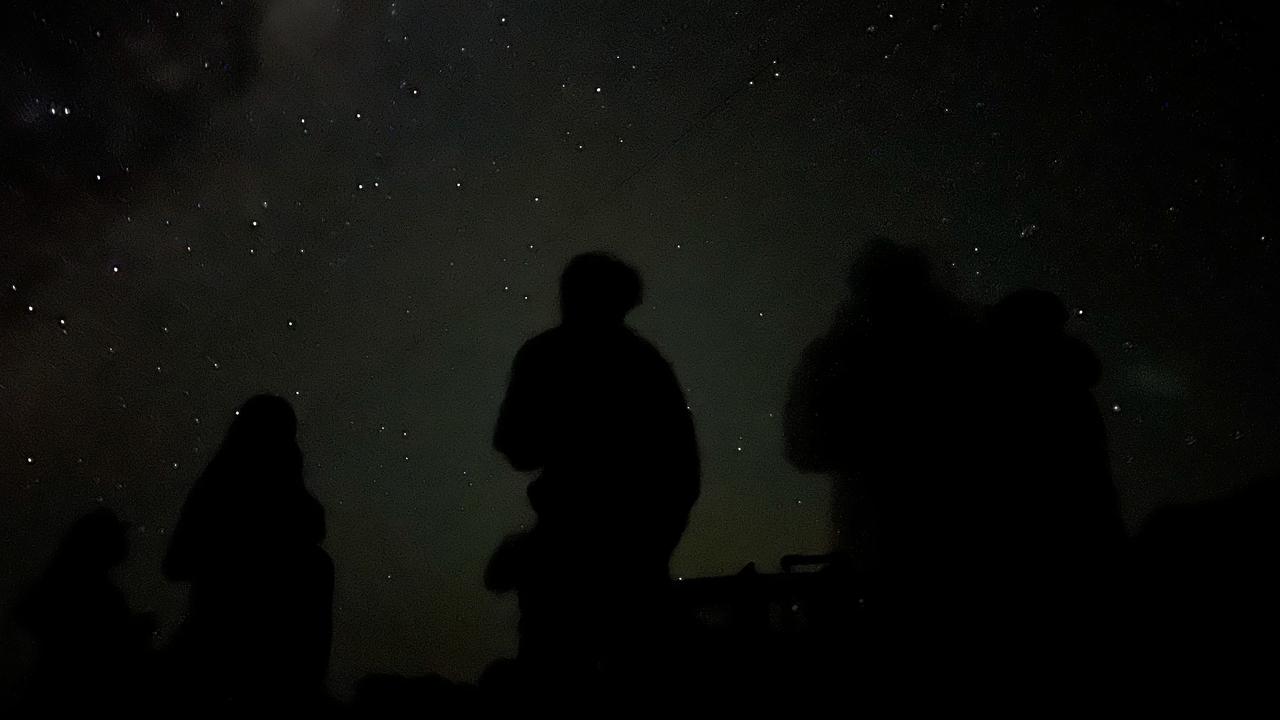
Ms Kuhn called this group of tourists “trailblazers” because despite the Dark Sky Reserve gaining accreditation in October 2019, tourism since has been affected by bushfires, the Covid pandemic, closed international borders and devastating floods.
“They can say they came here when the International Dark Sky Reserve was in its infancy,” she said.
The hope is that one day there will be an observatory and planetarium.
Currently there are telescope pads at lookouts throughout the reserve where anyone can bring their telescope, or alternatively they can join a tour like Ms Kuhn’s Juggle House Experiences.
“People coming from overseas are absolutely blown away because one-third of the world’s population can’t see the stars living in cities,” she said.

She also knows of at least five avid astronomers who have moved or bought holiday homes in the River Murray Dark Sky Reserve purely because of its starry skies, including one man who built his own private observatory.
“We have all sorts of pollution – air pollution, noise pollution – but light pollution is something that is relatively new in humans’ existence,” she said.
“We really need to educate people in conservation protecting darkness.”
Not only is it about being able to view the beautiful starry sky, but also protecting wildlife and plant life.
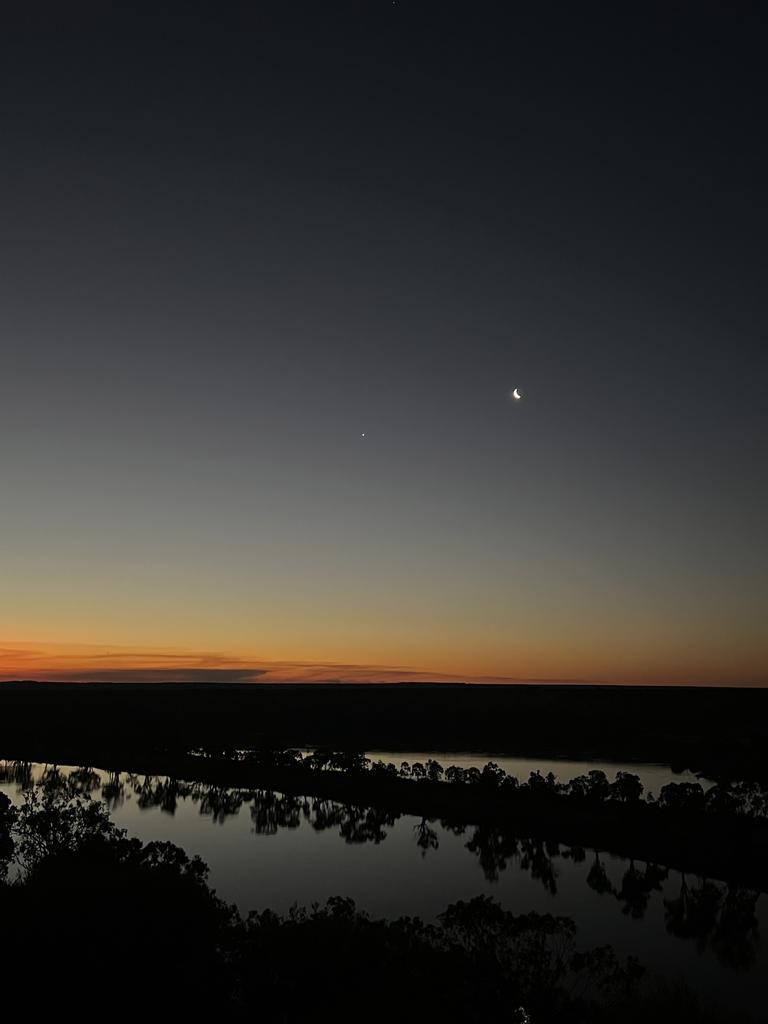

Mr Grida said we don’t realise how lucky we are in Australia.
“This area is so special because it is so dark, so close to a capital city,” he said.
“I’m just gobsmacked every time I look up and I’ve been doing this for 50 years now.”
Through his telescope the group looked at a galaxy six million light years away.
Though that specific telescope Mr Grida said he had seen “starlight twice as old as our solar system” – 10.9 billion light years away.
Before the stargazing began, the group was taken to picturesque sunset spots in the area and were welcomed on a guided tour of Ngaut Ngaut Aboriginal site with elder Ivy Campbell, which included viewing Aboriginal artefacts.
Ms Kuhn said it is one of three Aboriginal experiences offered in Australia at night.
This writer was a guest of Juggle House Experiences and the South Australian Tourism Commission





